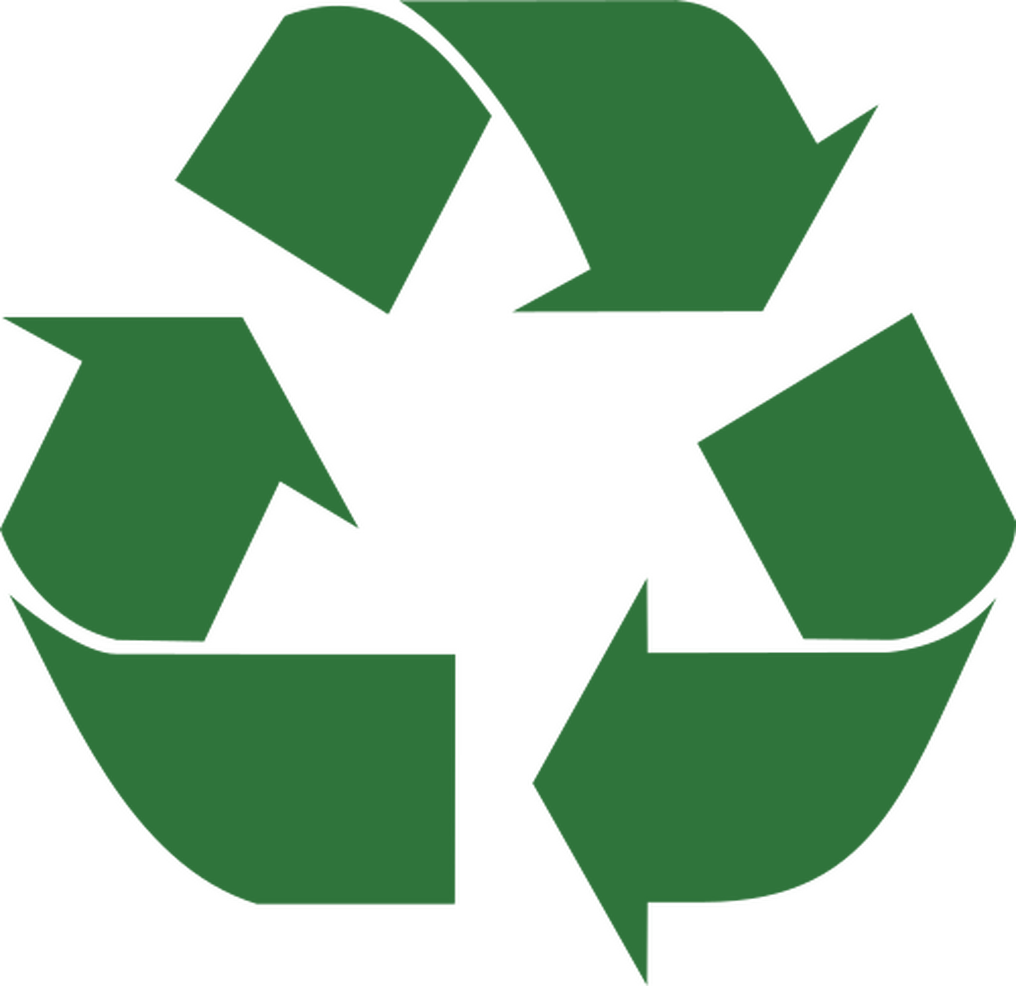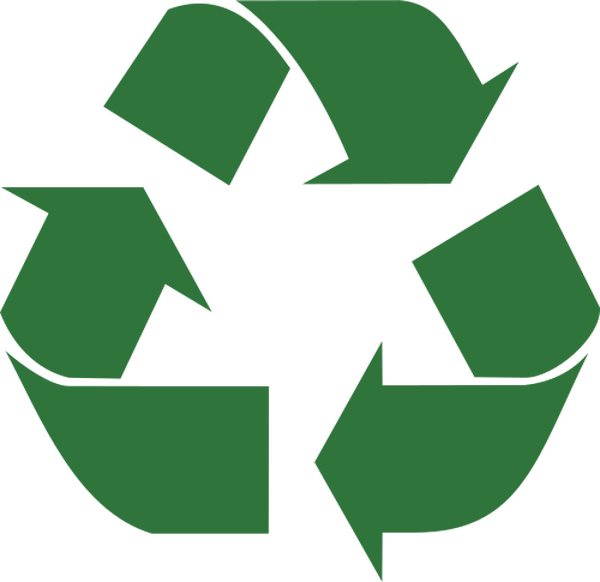(Revert to latest revision of imported category page. Undo revision 216292 by Chriswaterguy (talk)) |
(topic header, cat) |
||
| Line 1: | Line 1: | ||
{{topic header| Recycling symbol.svg | Life cycle analysis }} | |||
'''Life cycle analysis''' (LCA) is a means of quantifying how much [[ | '''Life cycle analysis''' (LCA) is a means of quantifying how much [[energy]] and raw [[material]] are used and how much (solid, liquid, and gaseous) [[waste]] is generated at each stage of a product's life. Ideally an LCA would include quantification of material and energy needed for<ref> J. Pearce and A. Lau, "[http://www.cede.psu.edu/users/alau/ASES02_Net_Energy_PV.pdf Net Energy Analysis For Sustainable Energy Production From Silicon Based Solar Cells]", Proceedings of American Society of Mechanical Engineers Solar 2002: Sunrise on the Reliable Energy Economy, editor R. Cambell-Howe, 2002.</ref>: | ||
*raw material extraction, | *raw material extraction, | ||
| Line 27: | Line 27: | ||
* [[Wikipedia:Life cycle analysis]] | * [[Wikipedia:Life cycle analysis]] | ||
[[Category:Life cycle analysis| ]] | |||
[[Category:Energy use]] | [[Category:Energy use]] | ||
[[Category:Ecological footprint]] | [[Category:Ecological footprint]] | ||
Revision as of 15:17, 27 August 2012
Life cycle analysis (LCA) is a means of quantifying how much energy and raw material are used and how much (solid, liquid, and gaseous) waste is generated at each stage of a product's life. Ideally an LCA would include quantification of material and energy needed for[1]:
- raw material extraction,
- manufacturing of all components,
- use requirements,
- generation (if any -- e.g. Photovoltaics),
- end of use (disposal or recycling),
- and the distribution/transportation in between each stage.
- There are also theories for expanded versions of analysis where you include minor details like the factories and warehouses electricity/energy use, what type of method all the employees use for trips to and from work and so on. But this is normally regarded as too much work to investigate in.
Resources
- An excellent free site for doing Life Cycle Analyses
- Life Cycle Assessment Training Kit
- Very complete ICE Spreadsheet
- Many carbon footprint resources at http://ecofx.org/
References
- ↑ J. Pearce and A. Lau, "Net Energy Analysis For Sustainable Energy Production From Silicon Based Solar Cells", Proceedings of American Society of Mechanical Engineers Solar 2002: Sunrise on the Reliable Energy Economy, editor R. Cambell-Howe, 2002.

